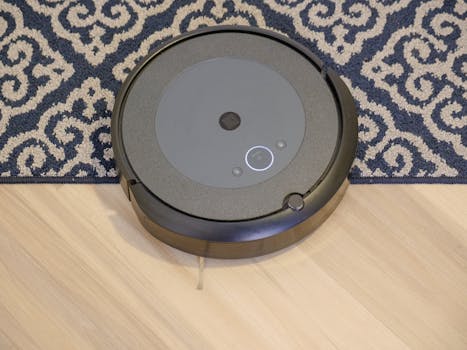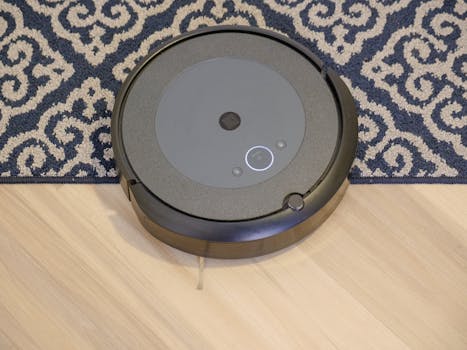
Smart Homes and Smart Living: The Technological Transformation of European Homes by 2025
Smart Homes and Smart Living is revolutionizing the way Europeans live, with advanced technologies transforming homes into intelligent, efficient, and comfortable spaces. The integration of smart devices, artificial intelligence, and the Internet of Things (IoT) is creating a new era of home living, where residents can enjoy enhanced convenience, energy efficiency, and security.
Introduction to Smart Homes

A smart home is a residence that uses advanced technologies to provide a high level of comfort, convenience, and energy efficiency. These homes are equipped with smart devices, such as thermostats, lighting systems, and security cameras, which can be controlled remotely through smartphones or voice assistants. The main goal of a smart home is to create a seamless and intuitive living experience, where residents can enjoy a high level of comfort and convenience while minimizing their environmental impact.
The Benefits of Smart Homes

The benefits of smart homes are numerous, and they can be summarized into several key areas:
- Energy Efficiency: Smart homes can optimize energy consumption by automatically adjusting lighting, heating, and cooling systems based on occupancy and external conditions.
- Convenience: Smart homes provide residents with a high level of convenience, allowing them to control various devices and systems remotely through smartphones or voice assistants.
- Security: Smart homes can enhance security by providing real-time monitoring and alerts, as well as automated door locking and unlocking systems.
- Health and Wellness: Smart homes can promote health and wellness by providing a comfortable and healthy living environment, with features such as air quality monitoring and automated lighting systems.
The Future of Smart Homes in Europe

By 2025, the smart home market in Europe is expected to experience significant growth, driven by advances in technology, increasing consumer demand, and government initiatives to promote energy efficiency and sustainability. Some of the key trends that will shape the future of smart homes in Europe include:
- Artificial Intelligence: The integration of artificial intelligence (AI) will enable smart homes to learn and adapt to residents’ behavior, providing a more personalized and intuitive living experience.
- Internet of Things (IoT): The proliferation of IoT devices will create a network of interconnected devices, enabling seamless communication and control between different systems and devices.
- 5G Connectivity: The rollout of 5G networks will provide faster and more reliable connectivity, enabling smart homes to support a wide range of applications and services.
Conclusion

In conclusion, the concept of smart homes and smart living is revolutionizing the way Europeans live, with advanced technologies transforming homes into intelligent, efficient, and comfortable spaces. As the smart home market in Europe continues to grow and evolve, we can expect to see significant advances in areas such as artificial intelligence, IoT, and 5G connectivity. By embracing these technologies, residents can enjoy a high level of convenience, energy efficiency, and security, while promoting a sustainable and healthy living environment.






